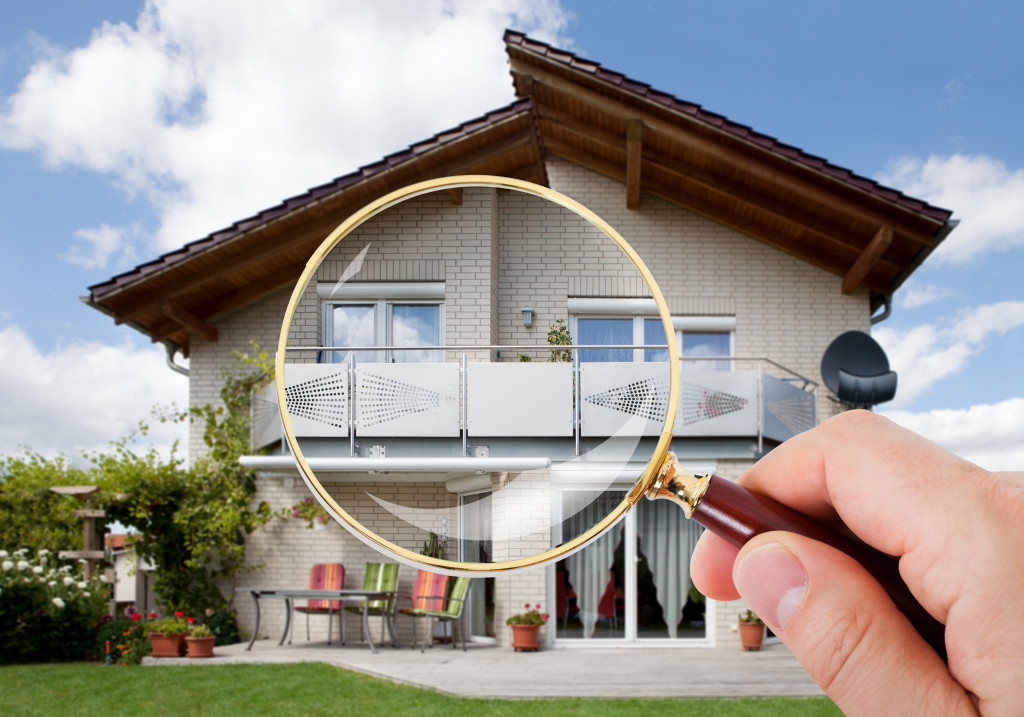- Older homes require inspection of wiring and appliances to prevent electrical fires and other hazards.
- To prevent structural damage, a professional pest control service should assess for infestations, especially termites.
- Inspecting for harmful chemicals like lead paint, asbestos, radon, and VOCs in older homes is crucial.
- Installing a security system, including alarms, surveillance cameras, and smart locks, helps deter intruders in older homes.
- Updating the HVAC system in an older home ensures efficient, reliable temperature control and can save energy.
Moving into a different home is always an exciting experience. However, moving into an older house can come with its own set of challenges. Before making the big move, take the necessary safety precautions to ensure that you and your family are safe and secure. This blog post will discuss some essential safety tips every homeowner should follow before moving into a house that’s been around for a while.
Check the wiring and electrical system.
Older homes tend to have outdated electrical systems that may not be capable of handling modern appliances. Before moving in, it’s essential to have a professional electrician inspect the wiring and electrical system to ensure that it’s up to code. This will minimize the risk of electrical fires and other hazards.
You should also check to see if any newly installed appliances come with their own warranty. This will provide peace of mind in case something does go wrong. Many home appliance stores offer extended warranties that will cover any potential repairs.

Check for pest infestations.
Most older homes have had their fair share of pests over the years. Before you move in, getting a professional pest control service to inspect the home and identify any potential issues is essential. Depending on the severity of an infestation, they may be able to treat the problem with minimal disruption to your daily life.
One of the most common pests to look for is termites. These can cause significant structural damage if left unchecked, so it’s essential to have the home inspected by termite pest control professionals. They can identify any potential damage and treat the issue before it becomes a major problem.
Look for any harmful chemicals.
Different chemicals can linger in older homes. These can be extremely hazardous to human health, so it’s essential to have a professional inspect the home for any possible contamination. They can identify potential hazards and advise on how to safely remove them from the home. Here are some common chemicals to look out for:
Lead paint
If the home was constructed before 1978, there is a high chance it contains lead paint, which can cause serious health problems, especially for children. If you notice any chipping paint or dust that might contain lead, contact a professional contractor to have it removed safely.
Asbestos
Asbestos is a mineral fiber found in older homes and buildings. Asbestos exposure has been linked to serious health issues. A professional contractor can safely inspect and remove any asbestos if necessary.
Radon
Radon is a cancer-causing gas that can be found in older homes. It’s essential to have your home tested for radon before moving in. If the test results come back positive, you may need to install a radon mitigation system to reduce the gas level in the home.
VOCs
Volatile organic compounds (VOCs) are a group of chemicals that can be found in older homes. These come from various sources, such as paint, cleaning products, and furniture. Long-term exposure to VOCs can cause health problems.

Install a security system.
Older homes are often seen as easy targets by intruders. Install a security system including burglar alarms, surveillance cameras, and motion sensors to protect your family and property. You can also use smart locks and automated lights to deter potential intruders. If you’re worried about the cost, many security companies offer affordable packages that suit any budget.
Update the HVAC system.
Finally, many older homes have outdated HVAC systems that may be unable to keep up with the demands of a modern home. Consider replacing the current system with a more efficient model that will provide consistent, reliable heating and cooling for your family. Try to look for Energy Star-certified systems designed to save energy and money.
As you can see, several essential safety tips should be considered before moving into an older home. Taking the necessary precautions will ensure your family is safe and secure when making the big move. And if you’re ever in doubt, always contact a professional to help inspect and diagnose any potential issues. With these tips in mind, you’ll be ready to make the move and start enjoying your home!

